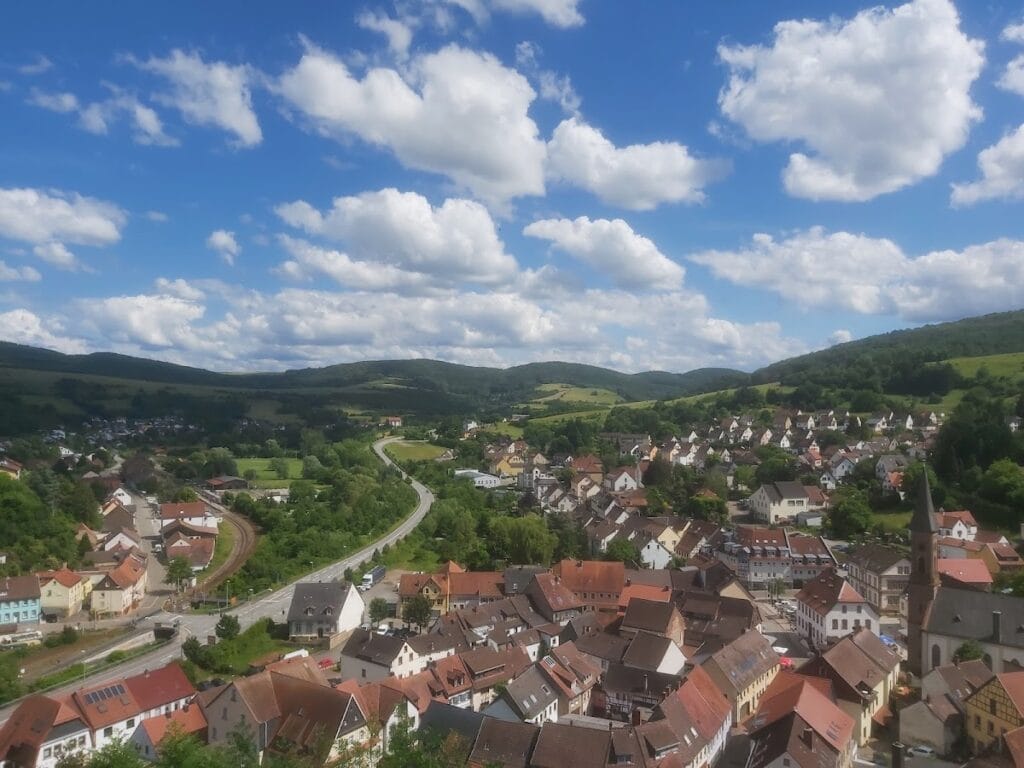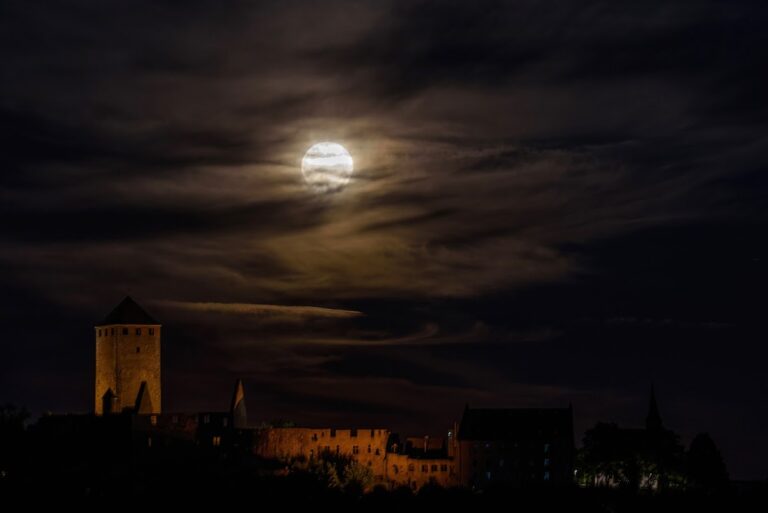Burg Neu-Wolfstein: A Historic Hilltop Castle Ruin in Germany
Visitor Information
Google Rating: 4.3
Popularity: Low
Google Maps: View on Google Maps
Country: Germany
Civilization: Medieval European
Remains: Military
History
Burg Neu-Wolfstein is a hilltop castle ruin situated above the town of Wolfstein in Germany. It was built in the late 13th or early 14th century by the Habsburg ruler Rudolf of Habsburg, likely in connection with the establishment of the nearby town. The fortress first appears in written records in 1324 under the name “Hus zu Wolvenstein,” reflecting its early identity connected to the settlement below.
During the War of the Succession of Landshut in 1503, the castle sustained severe damage. Despite this setback, Neu-Wolfstein was repaired and reconstructed by 1609, continuing to serve defensive and administrative purposes. In 1688, French forces destroyed much of the structure amid regional conflicts. However, the French later rebuilt the castle to house their soldiers as barracks, showing its ongoing strategic importance.
In 1713, orders from Marshal Villar led to a deliberate partial demolition of the castle through cannon fire. Subsequently, the Kingdom of Bavaria repurposed the remaining stonework, using parts of the ruin as a quarry for building materials. Between 1720 and 1771, one of the castle’s key buildings, St. George’s Chapel, served as the community’s church, highlighting a shift towards a religious function within the site.
By the end of the 18th century, the castle was in visible decline. In 1794, French troops employed the site once again, using it as both a chapel and a military hospital. Records indicate it still functioned as a vicarage until 1798, after which it was abandoned and left to fall into ruin. Since 1963, ownership of the ruins has belonged to the state of Rhineland-Palatinate. Today, the remains stand as a cultural landmark and war memorial.
A local legend tied to the castle grounds tells of a deep well, now filled in, into which 30 French cavalrymen reportedly fell during a nighttime mishap when they lost their way, connecting the site to tales of military mishap and mystery.
Remains
Burg Neu-Wolfstein occupies a hilltop location 238 meters above the town, featuring elements typical of medieval hill castles designed for defense and residence. The castle’s layout was structured around a protective ring wall, known as an enceinte, which remains in fragments today. This surrounding wall, about 1.2 meters thick, enclosed the core of the fortress, helping to protect the living and working spaces inside.
One of the notable surviving fortifications is the neck ditch, a deep trench carved to enhance the castle’s defenses by creating a difficult barrier for attackers approaching from the most accessible side. Although only portions of this ditch survive, it reflects the original strategic design to control access.
The shield wall, built to protect the castle’s most vulnerable sector from assault, still stands in part, offering insight into the castle’s military engineering. The main entrance gate is also preserved, though only in fragments, showing where defenders could control entry.
Within the castle grounds, foundation walls of the palas—the main residential building used for living quarters and administrative matters—can still be traced. These walls mark the central heart of the castle’s domestic life during its active centuries.
The ruins of St. George’s Chapel form a significant component of the site. Used as the local church from the early 18th century until 1771, the chapel’s remains are a reminder of the castle’s religious role during that period.
No decorative elements, inscriptions, or detailed measurements have survived or been documented. The legend of the deep well adds a layer of local folklore to the site’s history, though this feature no longer exists above ground. Today, the castle stands as a partially preserved ruin, offering a tangible connection to several centuries of regional history.







